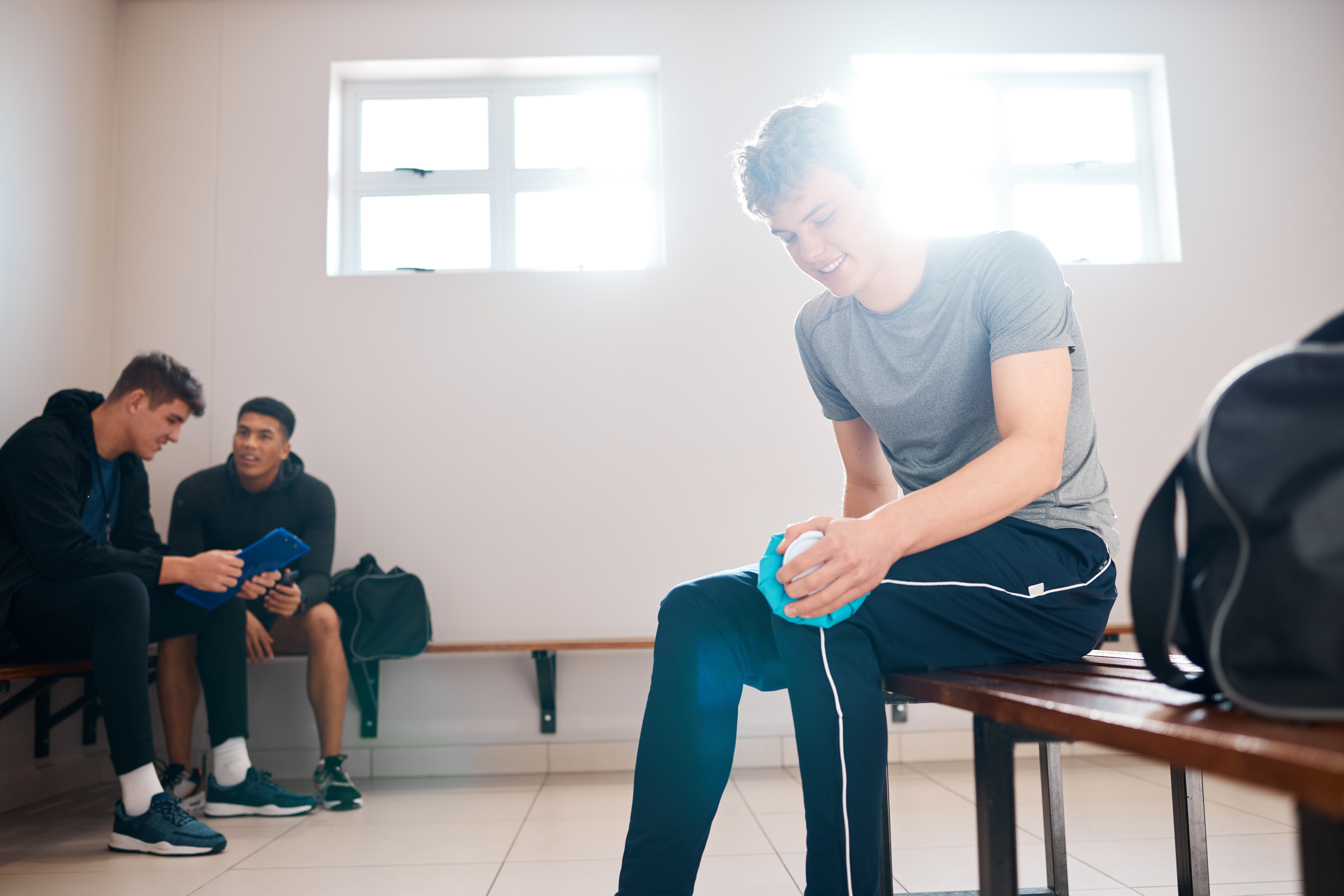A Frustrated Teen and a Worried Parent
When Tom walked into my clinic with his mum, I could tell he wasn’t thrilled to be there. He was 15, tall for his age, and clearly sporty. His mum did most of the talking at first, but it wasn’t long before he opened up.
He’d been getting pain at the front of his knee for a while now. Not all the time, but it would flare up badly during or after training. At first, it was just an occasional nuisance. But now it was stopping him playing football, making cricket miserable, and ruining any chance he had of enjoying a proper run. It wasn’t just the pain either. He was having to pull out of training sessions, miss matches, and sit on the sidelines while his mates played on.
The front of his knee had become tender to touch. Sometimes just kneeling down was enough to make him wince. And these episodes were getting more frequent and more intense. His mum told me, “He’s just not himself anymore. He’s usually the kid who’s always out, always active. Now he’s in his room more than he’s on the pitch.”
When Knee Pain Isn’t Just a Niggle
Tom had Osgood Schlatter disease, a very common condition in sporty teenagers, particularly during a growth spurt. The pain was coming from a small, bony bump just below his kneecap, called the tibial tuberosity. This is where the patellar tendon attaches, and in kids who are growing fast and moving lots, that area can become inflamed.
We see this all the time with active adolescents. It’s not an injury in the typical sense. It’s more like a tug of war between a growing bone and a strong tendon. The growth plates in kids’ bones are still open, which makes them more vulnerable. When a strong, tight quadriceps muscle keeps pulling on that area during activity, it starts to cause irritation and pain.
We also see another similar condition called Sinding Larsen Johansson syndrome, where the irritation happens just below the kneecap rather than the shin. The treatment and management are similar, but it’s really important to identify which of the two it is because it affects how we guide them back into sport.
These types of conditions are often misunderstood or mistaken for tendonitis. But in kids this age, it’s rarely a tendon problem. It’s a growth issue, plain and simple.
What We Did To Help
Tom’s case was clear. His knee was strong, his movement was good, but his quads were incredibly tight. That was the main issue. So we started by loosening off the quadriceps muscles with hands-on treatment to take pressure off the patellar tendon and the tibial tuberosity.
We also gave him some gentle stretching exercises and worked on strengthening his hips and glutes. This wasn’t just to help the knee directly but to improve the way his whole lower body moved. Stronger hips meant less stress going through the knee with every step, squat, or kick.
He took to the rehab work really well. Like a lot of sporty teens, he was motivated. He just wanted to get back to doing what he loved. The trick was keeping things light and consistent and no big jumps in training.
We also talked about managing his load, making sure he was getting enough recovery time between sessions, and rotating his activities where possible. The goal wasn’t to stop him playing completely but to help him listen to his body and train smart.

Why This Story Matters to Parents and Grandparents
If you’re reading this as a parent, grandparent or carer, here’s the key message: pain at the front of the knee in active adolescents is incredibly common, and while it often settles with time, getting the right help early can make a big difference.
Conditions like Osgood Schlatter and Sinding Larsen Johansson are both linked to rapid growth and high activity levels. They’re not serious in the long term, but they can become really disruptive if left unmanaged. Kids can lose confidence, lose form, and worst of all, lose interest in the sport they love.
The sooner it’s identified, the sooner we can help. And it’s not always about stopping sport completely. Often, with the right treatment, activity adjustments, and rehab, kids can keep playing while they recover.
Joe Sharp
BSc (Hons) Physiotherapy
Request A Free Discovery Call & Ask All The Questions You Need








